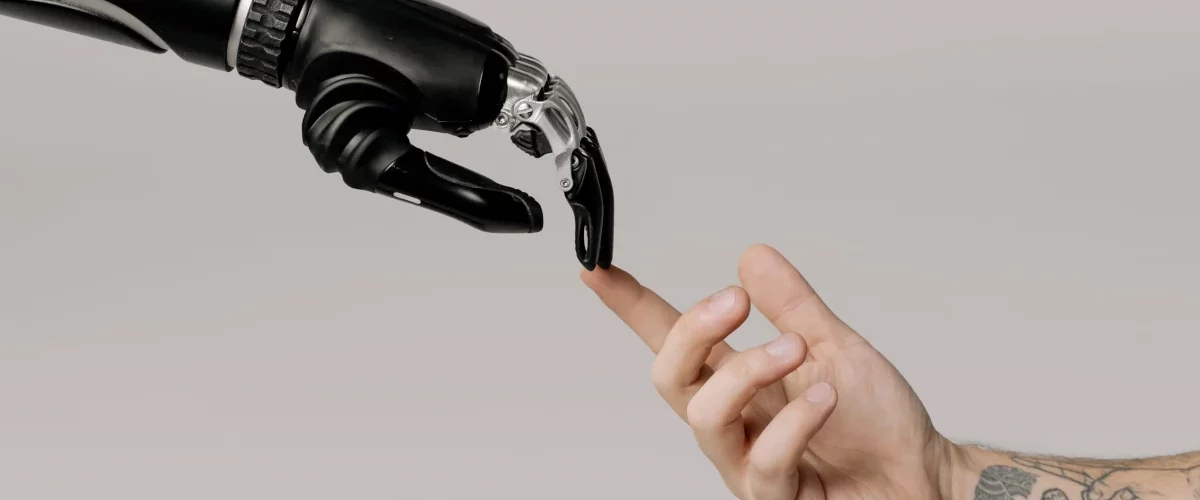Artificial Intelligence (AI) keeps revolutionizing various domains, and art is no exception. One of AI’s most astonishing capabilities is AI art generation from simple text descriptions. This marvel is achieved through intricate algorithms and deep learning techniques, allowing AI to transform words into a visual reality. In this piece, we explore the mechanisms, progress, and implications of AI-generated art. Join us as we unveil the marriage of technology and art, demonstrating how AI reshapes our understanding of creativity.
I. Understanding AI Art Generation
The creation of AI art is a phenomenon of advanced machine learning. Underpinning it are AI models like Generative Adversarial Networks (GANs) and transformer-based architectures. These sophisticated models are trained on extensive datasets of images paired with textual descriptions. The training process enables these AI systems to associate visual features with corresponding text prompts. Consequently, they can produce compelling and plausible artworks, bringing abstract descriptions to life. Not only does this capability add a fresh perspective to the art scene, but it also has the potential to revolutionize industries such as advertising, design, and even entertainment.
II. The Process of AI Art Generation
Creating art from text is a multi-faceted process for AI. It starts with a text input, a prompt that the AI system must understand semantically. Upon comprehension, the system employs its learned knowledge to select an artistic style, color palette, and composition that align with the given description. Employing techniques like style transfer and attention mechanisms, AI constructs a visually coherent image. From generating art for unique brand campaigns to transforming book descriptions into cover art, the potential of AI art generation is immense.
III. Advancements in AI Art Generation
The journey of AI art generation has been marked by remarkable advancements. AI models have evolved from generating basic shapes to creating intricate and realistic artworks. The resolution of these artworks has improved drastically over the years, paving the way for AI-generated art to be showcased in global exhibitions. Furthermore, AI’s integration into creative industries has been transformative. For instance, in advertising, AI-generated art can result in more engaging campaigns, while in the entertainment industry, it can create visually rich environments for video games and animation.
IV. Implications and Controversies
With the advent of AI-generated art, several implications and controversies arise. Questions regarding the ownership and authenticity of AI-generated artworks have sparked heated debates. Moreover, concerns regarding the role of human artists in an AI-dominated creative industry and the potential loss of originality in art persist. There is also an imperative need for responsible AI practices to prevent cultural appropriation, biases, and stereotypes in AI-generated art.
V. The Human-AI Collaboration
AI is not a a threat to human artists. Instead, it presents an opportunity for collaboration. AI can act as a creative partner, providing inspiration and serving as a tool for experimentation. The interplay between human creativity and AI can open up new avenues for artistic exploration and push the boundaries of what’s conceivable in art.
Conclusion
AI’s capacity to generate art from text descriptions is a significant stride in the convergence of technology and creativity. Despite the ongoing debates, it’s crucial to acknowledge the new artistic expressions AI can offer and the potential role of human creativity in guiding this landscape. As AI continues to evolve, it will inevitably transform our perception of art, creativity, and design.
Learn more about art at Luxpeer’s blog.
